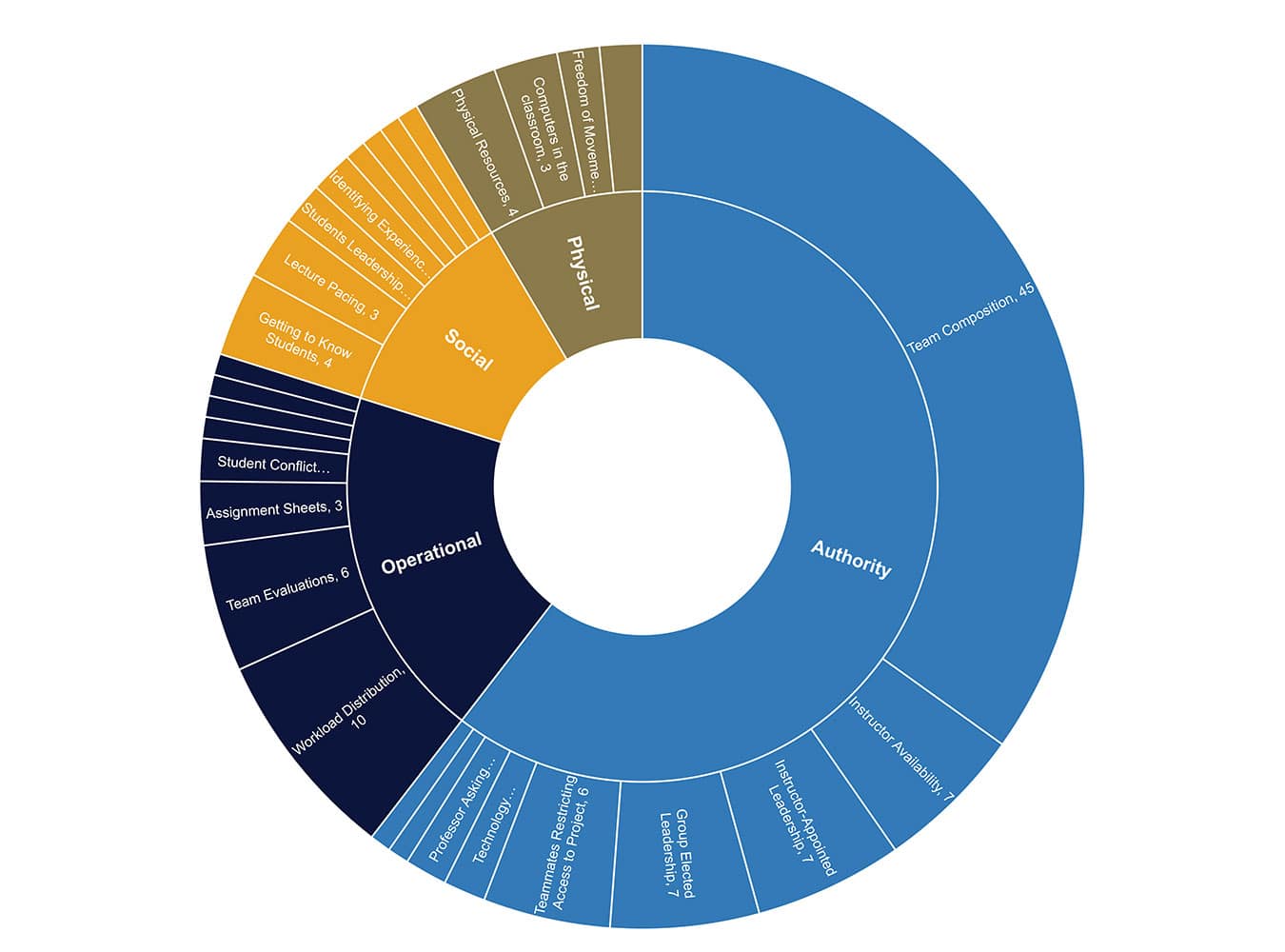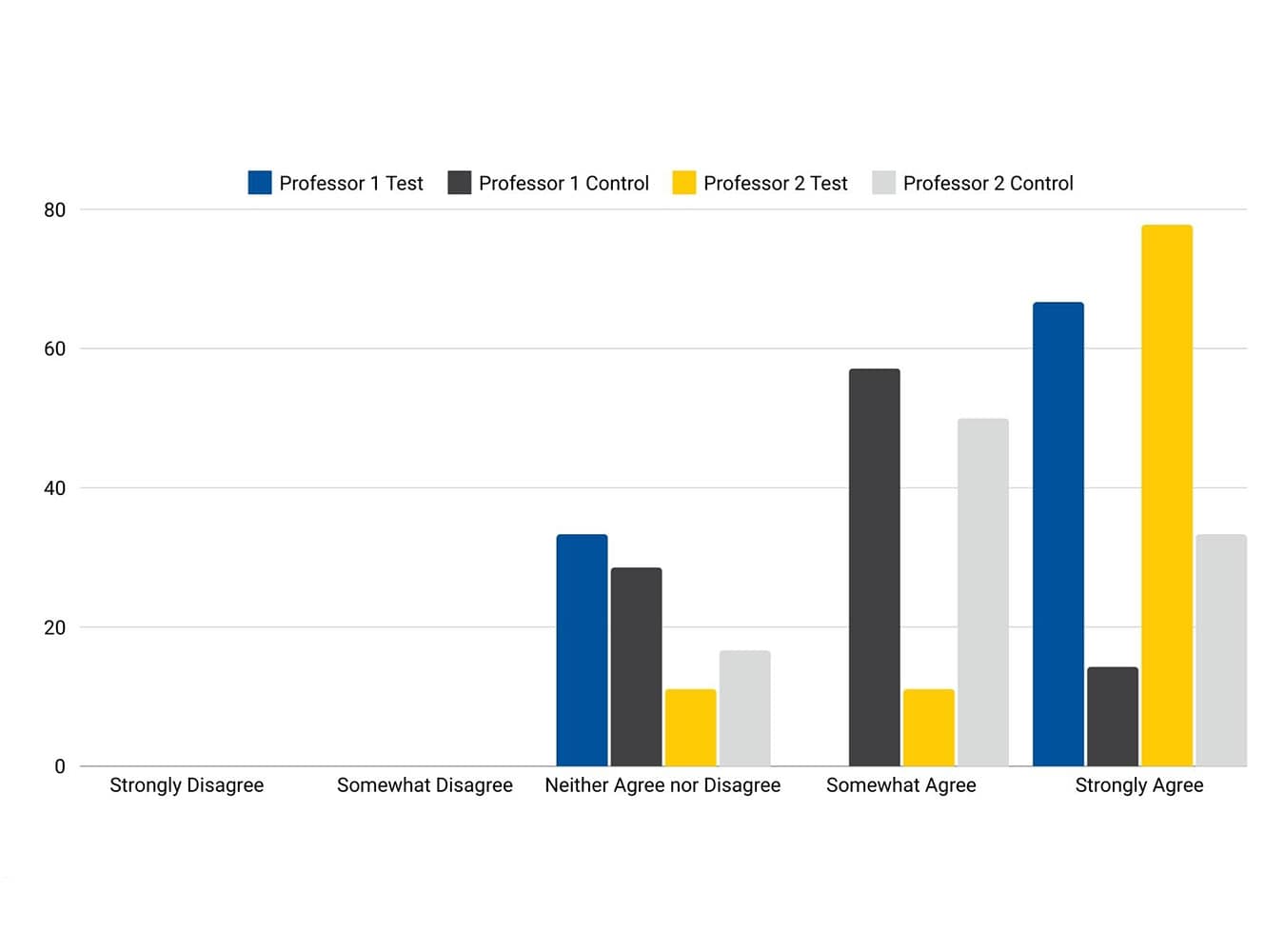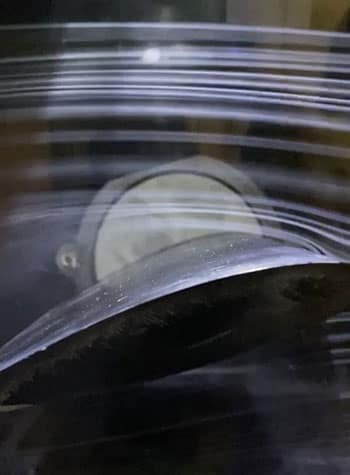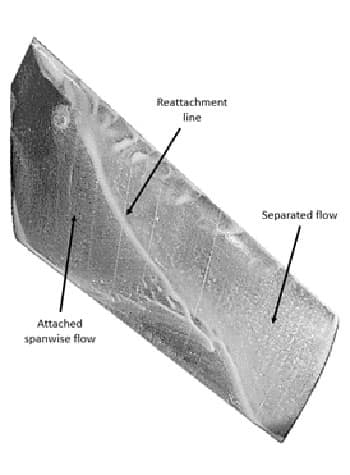AZ Space Grant Research interns come from all colleges at the Prescott Campus and work on a diversity of aspects that align with and move NASA's mission — "Drive advances in science, technology, aeronautics and space exploration to enhance knowledge, education, innovation, economic vitality and stewardship of Earth" — forward.
Here, Space Grant Research interns share their research stories:
Bridges to Belonging: Utilizing Small-Scale Classroom Intervention to Improve Classroom Inclusivity
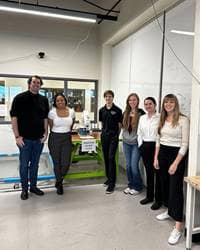
This project identifies methods to increase the number of female students retained in engineering programs at Embry-Riddle Aeronautical University. The project accomplished this using previous research in the field combined with data gathered from interviews that were conducted with female students in an Introduction to Engineering course. The collected interview data was analyzed with cutting-edge methods from the field of technical communication to design an educational intervention that would alleviate issues faced by marginalized students to contribute toward increased retention rates in engineering programs. The intervention produced results that showed a positive trend between intentional team placement and a sense of belonging for women in engineering programs.
Characterization of the Effects of Wing Sweep at Low Reynolds Number
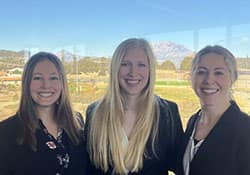
The project is an investigation of wing sweep at low Reynolds numbers. Sweep is the offset of the wing from the direction of flow, and the Reynolds number determines the type of fluid flow at specific speeds. The research idea is founded on the growing popularity of small-scale drones. Both unmanned aerial vehicles (UAVs) and micro air vehicles (MAVs) have seen a steady increase in use and application. Efficient design of UAVs and MAVs requires a better understanding of their associated aerodynamics. This need has contributed to an increase in research regarding various wing designs at low speeds. This research of low Reynolds flow has promoted an understanding of its aerodynamic behavior. For the project, low aspect ratio wings were tested with various sweep angles at low Reynolds numbers to determine a better performance profile for these geometries.
The effects of wing sweep are examined on a series of wings. Wings comprised of two airfoil profiles were manufactured with leading-edge sweep angles ranging from 0 to 45 degrees. Testing encompassed experimental load measurement at Reynolds numbers ranging from 40,000 to 80,000.
Trends were consistent for wings with both airfoil sections. Sweep was observed to increase wing efficiency and performance as reflected in the maximum lift-to-drag ratio and maximum lift coefficient achieved. Sweep, as may be expected, was noted to reduce the lift curve slope. The minimum drag coefficient also reduced with sweep. These overall trends will help further the understanding of sweep at low Reynolds numbers and contribute to the improvement of efficient designs for UAVs and MAVs.
Research Members
Kylee Bennett, Aerospace Engineering - May 2024
Hunter Nudson, Aerospace Engineering - May 2024
Davy Stanfield Brown, Aerospace Engineering - May 2024
Mentor
Dr. Lance W. Traub, College of Engineering
Contact Us
Dr. Elliott Bryner, Associate Director & Department Chair and Associate Professor of Mechanical Engineering, 928-777-3869
Dr. Anne Boettcher, Associate Director and Assistant Dean of Research, 928-777-3825
Embry-Riddle Aeronautical University
3700 Willow Creek Rd.
Prescott, AZ 86301

